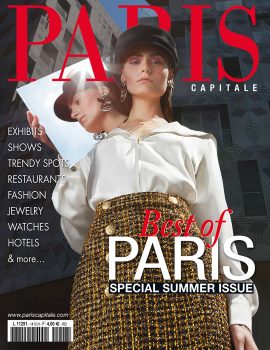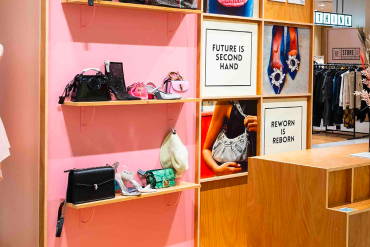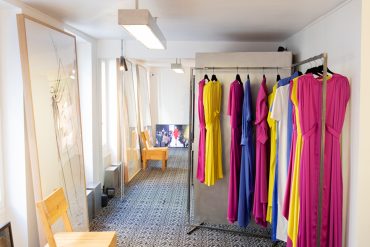At 13 Rue de la Paix, the Panthère and Tutti Frutti motifs were born thanks to the inventiveness and anti-conformism of Jeanne Toussaint, who was once the great love of Louis Cartier, but especially the house’s artistic director for several decades. A historic salon is dedicated to this creative soul of the house. Arriving from Belgium at the beginning of the 20th century, she made the best hours of Parisian evenings with her irreverence and sense of style. Louis Cartier hired him in 1920 to design bags and a collection of everyday accessories. He appointed Jeanne Toussaint in 1933 to direct the creation of Cartier, where she remained until 1970. In full German occupation of Paris, after having evacuated the stock of Cartier jewelry in free zone, she decides to display in the windows of 13 rue de la Paix a jewel brooch representing a bird in cage with head down. Arrested and interrogated by the Gestapo, the designer claims that the jewel dates back to 1933 and denies having taken a political position. At the liberation of Paris, Jeanne Toussaint will create L’Oiseau Libéré, a blue red white brooch (lapis-lazuli, pink diamond and coral) where, all wings spread on its open cage, the bird celebrates the freedom found. Indomitable and avant-garde, Jeanne Toussaint, nicknamed the Panther, has made her passion for colour combinations, flexibility, reliefs, motifs inspired by flora and fauna, the key to the success of Cartier.






